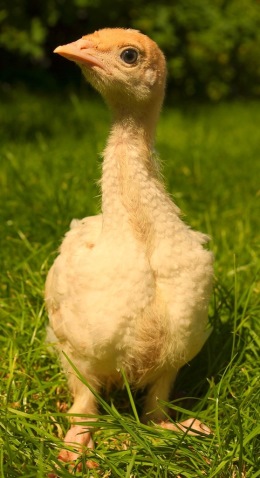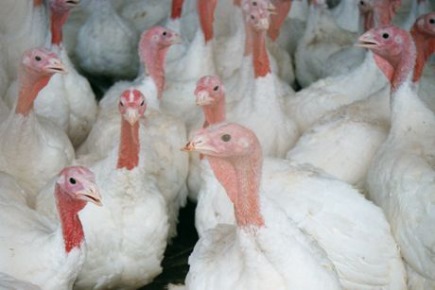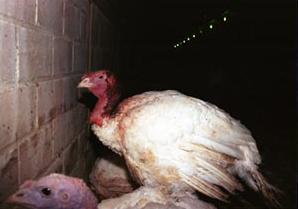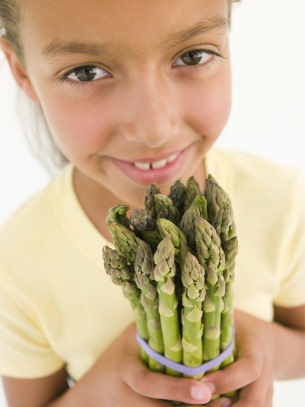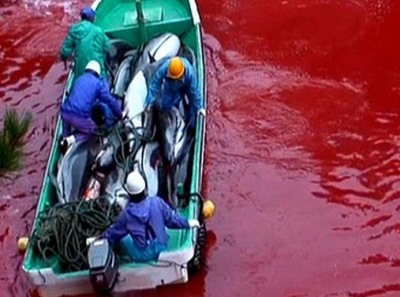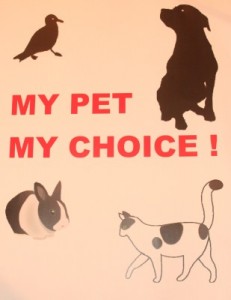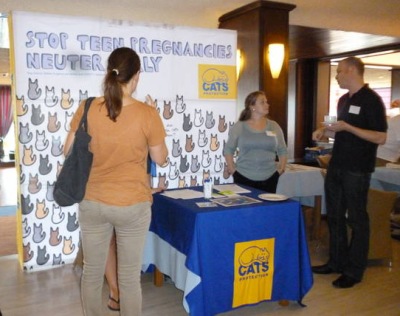by Katerina Lorenzatos Makris ~
A second dog belonging to a man suspected of deliberately driving a car over his own Chihuahua has disappeared, according to the Daily Breeze.
Michael David Parker’s estranged wife Olga Parker, who reportedly “loved the dogs desperately,” has been concerned about their second dog, named Lucky, who went missing from the couple’s vacant San Pedro, California home since the grisly death of their Chihuahua, Cow Cow, a few days after Christmas. Continue reading

